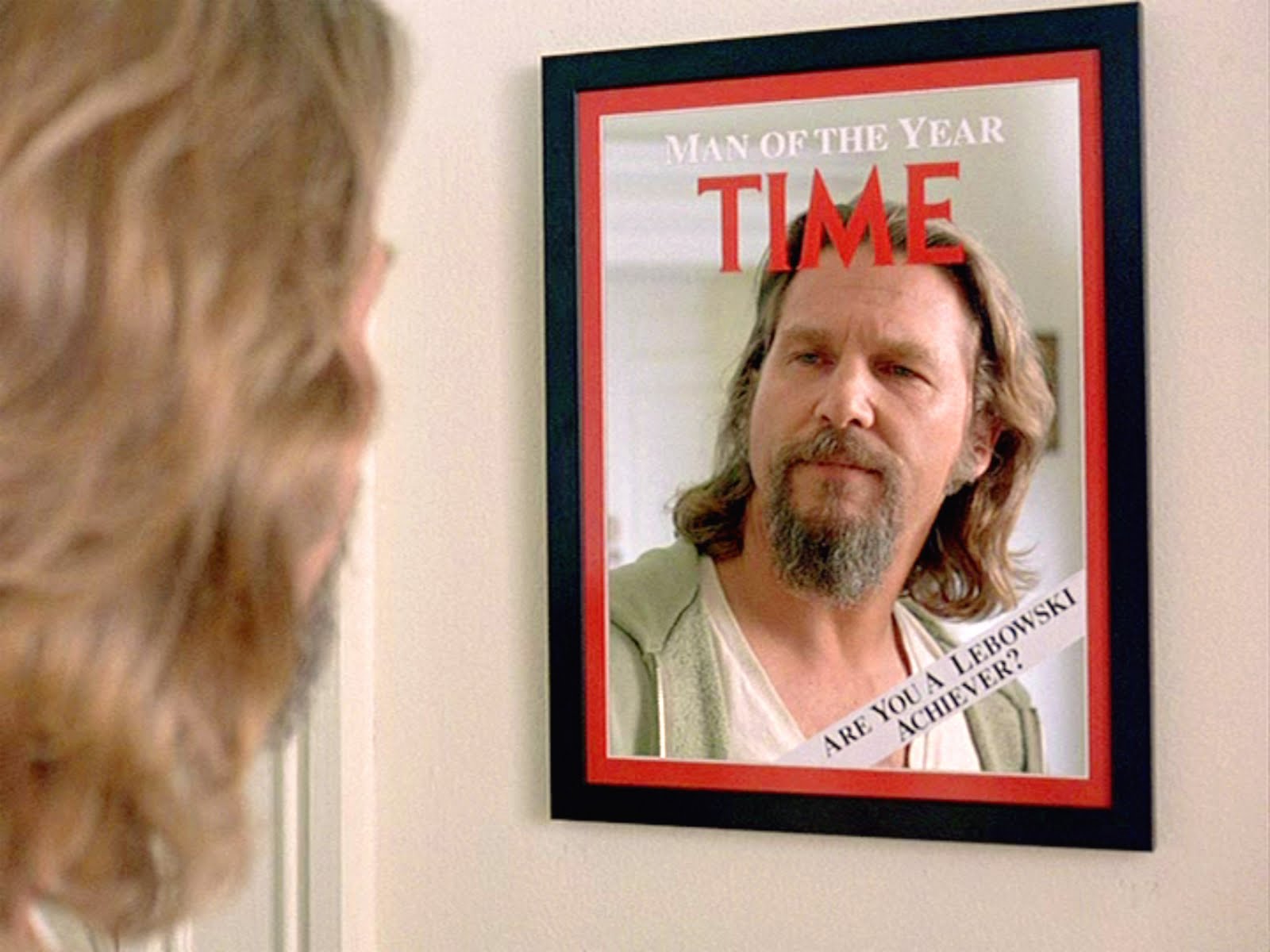
Since the dawn of consciousness, identity has been something that’s complicated to understand, and through the years many philosophers, thinkers and artists have sought to find out what ‘identity’ really is. “Why am I me and not somebody else?”, “What makes me different from the rest?”, “Why does everybody have a different personality?”.
While these questions might seem infantile and childish at first, there are no easy answers for them, and that lack of answers has spawned a spiritual discomfort that has been of great importance in the creation of great pieces of art and philosophy that today we consider masterpieces.
The relationship between our own personality and that of others, the nature of our own self, and the boundaries of our personality are just a few of the subjects that artists have explored throughout history. The “mistaken identity” trope, that is, the dislocation between what we think we are and what others think we are, has been there igniting the imagination of creative people since time immemorial. Here I present 15 explorations of this trope in cinema; from comedies to dark existentialist films, they all have in common an almost schizophrenic view of the self and of others. Enjoy.
15. Enemy (Denis Villeneuve, 2013)
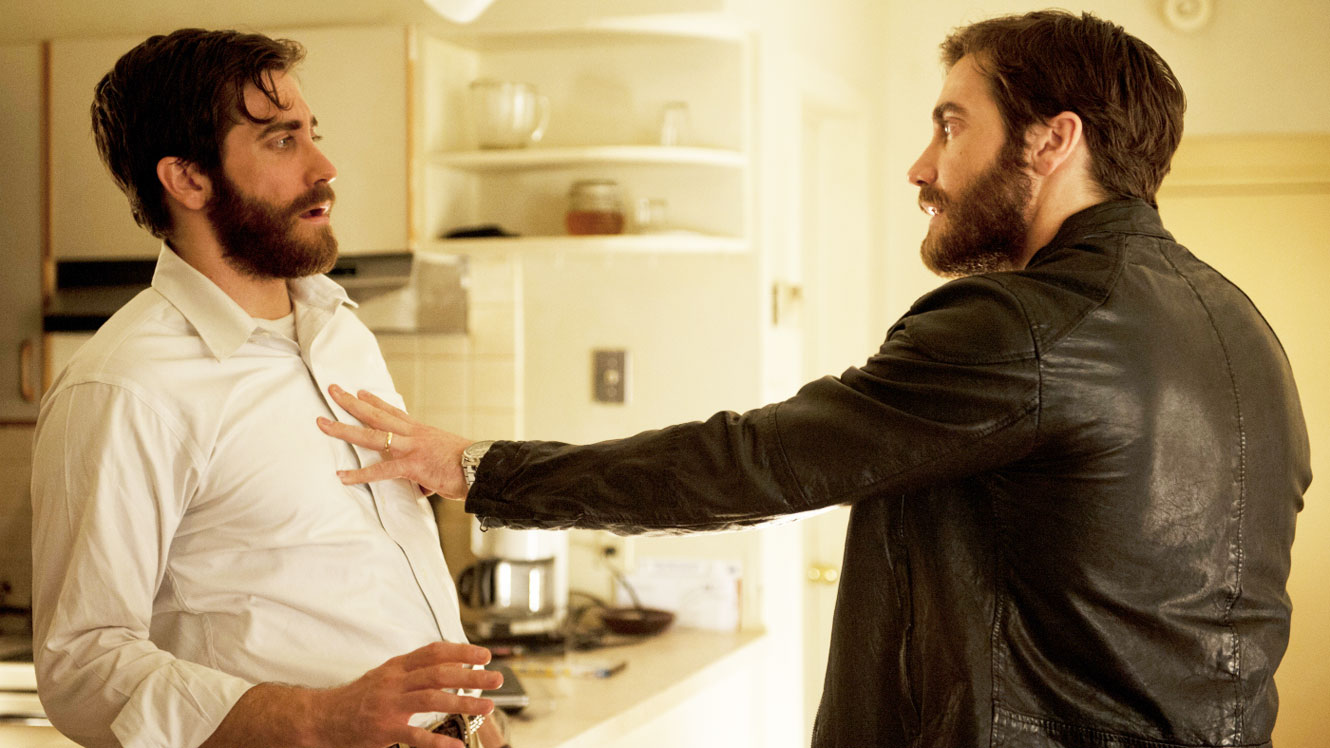
Before his jump to mainstream fame with films like “Arrival” and “Blade Runner,” Canadian director Denis Villeneuve was already gaining recognition in the art house world with masterpieces such as “Incendies” and “Enemy.” One of the most easily distinguishable idiosyncrasies of his cinema is the trope of the mistaken identity, something that is almost ever-present in all of his films.
In “Enemy” we see a clear example of this. In this film, based in the novel by Portuguese writer José Saramago, we witness the splitting of its protagonist’s personality as he finds a man who looks exactly like him playing a minor character in a film. This double turns into the only thing is his mind, and he goes on to find the man on a voyage whose conclusion is deliberately left open, so its vagueness must be resolved by the viewer, who then becomes a part of the film.
14. 1945 (Ferenc Török, 2017)

In a Hitchcockian manner, Hungarian director Ferenc Török carefully crafted in “1945” a tale about the resurgence of the past, and of the looming ghosts that haunt the guilty. Set, as the title suggests, in 1945, it follows István, a store owner and the mayor of the town throughout a day. It is no ordinary day, though, for his only son is getting married and the arrival of two Jews in the village stirs old secrets.
His son is getting married to a women who is only interested in the economic position of the family, and is in love with a man with a stronger body and will than István’s son (a rather common trope). The Jews arrive, whose only desire is to bury the remnants of their loved ones at the local Jew cemetery. István, who during the war incriminated and betrayed the Jewish inhabitants of the town in order to keep their belongings, becomes suspicious and paranoid that they might be sent by the betrayed Jews.
The photography of the film is fantastic, a black-and-white master class in composition that reminds at times of “Days of Heaven,” and while the script could have used more work in order to exploit its true potential, “1945” is a great film in which the mistaken identity of a pair of Jews whose only desire to pay respects to the death stirs the shared guilt of an entire town, exposing the hidden decay that can be found in every human being if you look close enough.
13. Blade Runner 2049 (Denis Villeneuve, 2017)
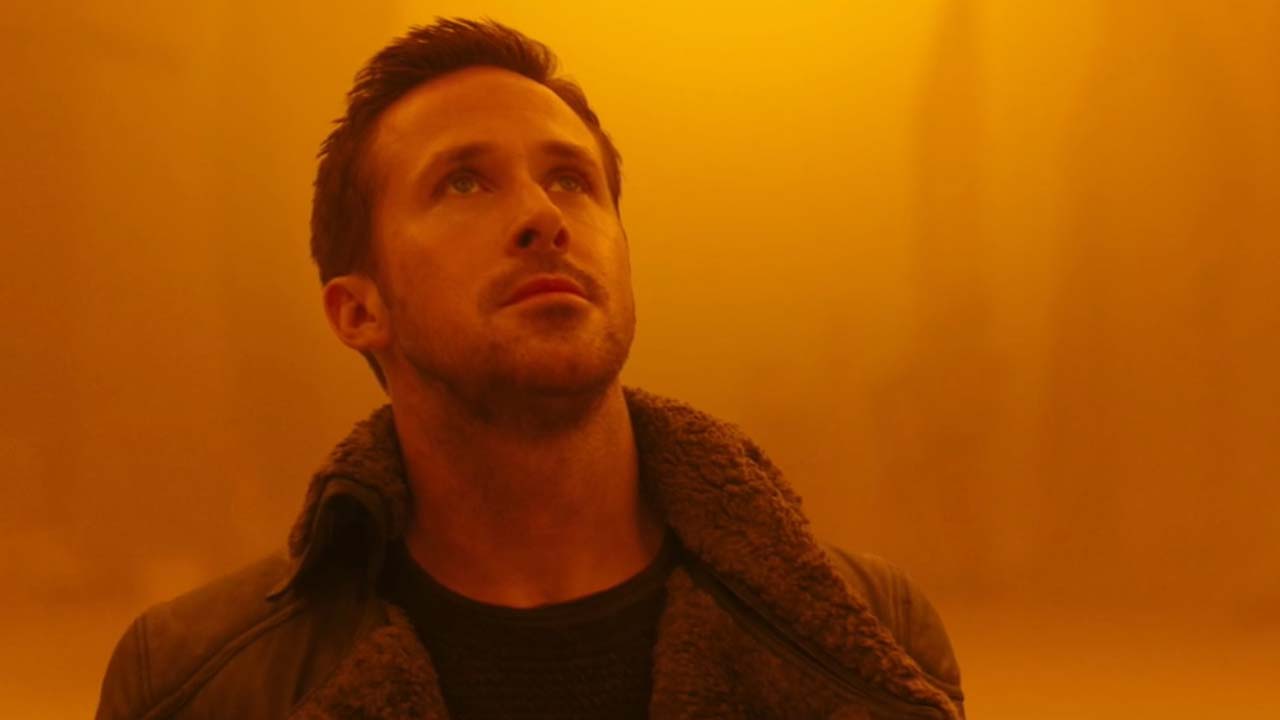
Denis Villeneuve already appeared once in this list with “Enemy,” but nevertheless, his work with this year’s “Blade Runner 2049” merits a second entry. A sequel to Ridley Scott’s “Blade Runner,” “Blade Runner 2049” is set several years after the events of the original one, and stars Ryan Gosling, who plays a replicant used by the L.A. police who is referred to as K.
Going further into the “Blade Runner” mythos, “2049” deepens the layout offered by Philip K. Dick – the author of the original story – expanding the universe and its history, turning the self-contained nature of the first film into a ever-growing, expansive history with plenty of characters and situations. The drama of the film begins when K is sent to kill Rachael, whose existence is a threat to the status quo. The film has many turns, the most drastic one being the one that reveals the real nature of K, having devastating effects both on the character and on the audience.
12. Mr. Klein (Joseph Losey, 1976)
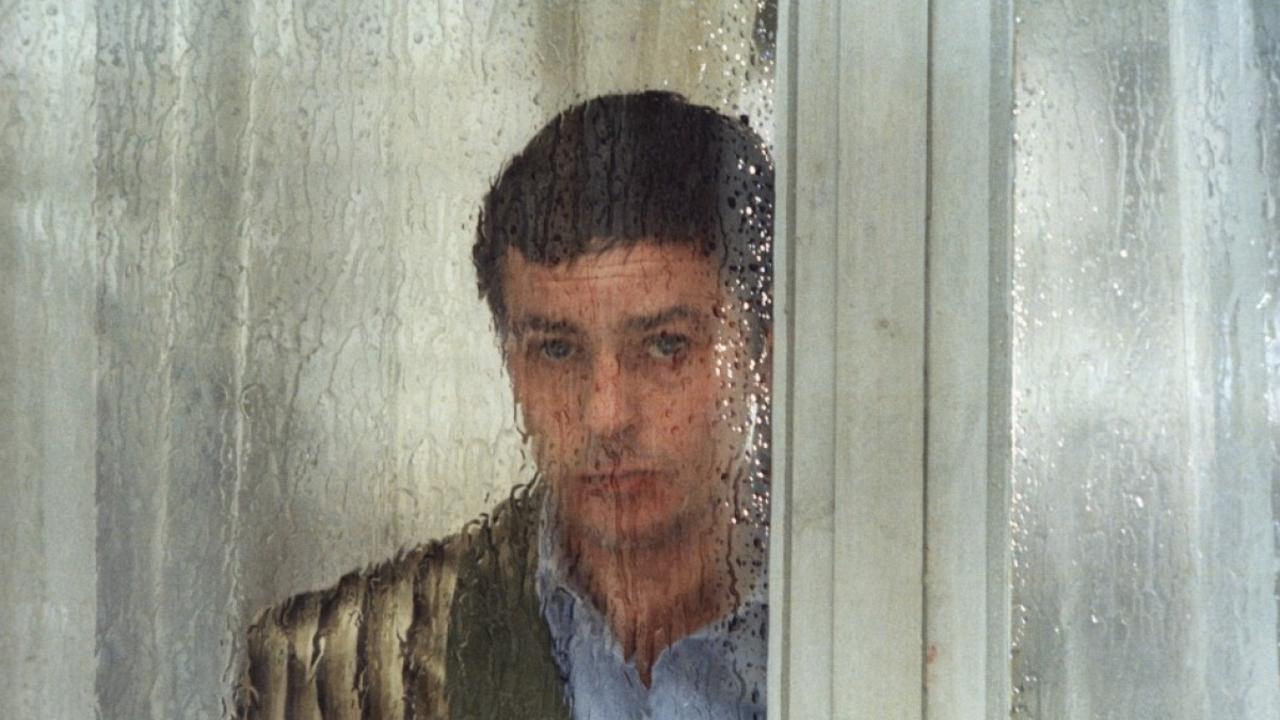
The idea of the double, which was introduced in this list on the first entry, is a constant element in films that explore the self, that is, identity. We see it once more in Joseph Losey’s 1976 film “Mr. Klein.” It is set in the German-occupied Paris of World War II, and stars Alain Delon as a well-off man with a booming business and a nice state of affairs. He is constantly bothered by Jews who are forced to sell him a valuable painting in order to get ahold of some money. Nevertheless, Klein’s apathy is broken when another Mr. Klein starts giving him his identity, first by subscribing him to a Jewish newspaper and then by more complex means.
With a mostly sober aesthetic, focusing more on the content than in the appearance, and an impeccable performance by an already experienced Delon, director Joseph Losey uses the trope of the double in order to explore identity, legality, and the overall wickedness present in mankind, condemning things such as apathy towards the suffering others.
11. Caché (Michael Haneke, 2005)
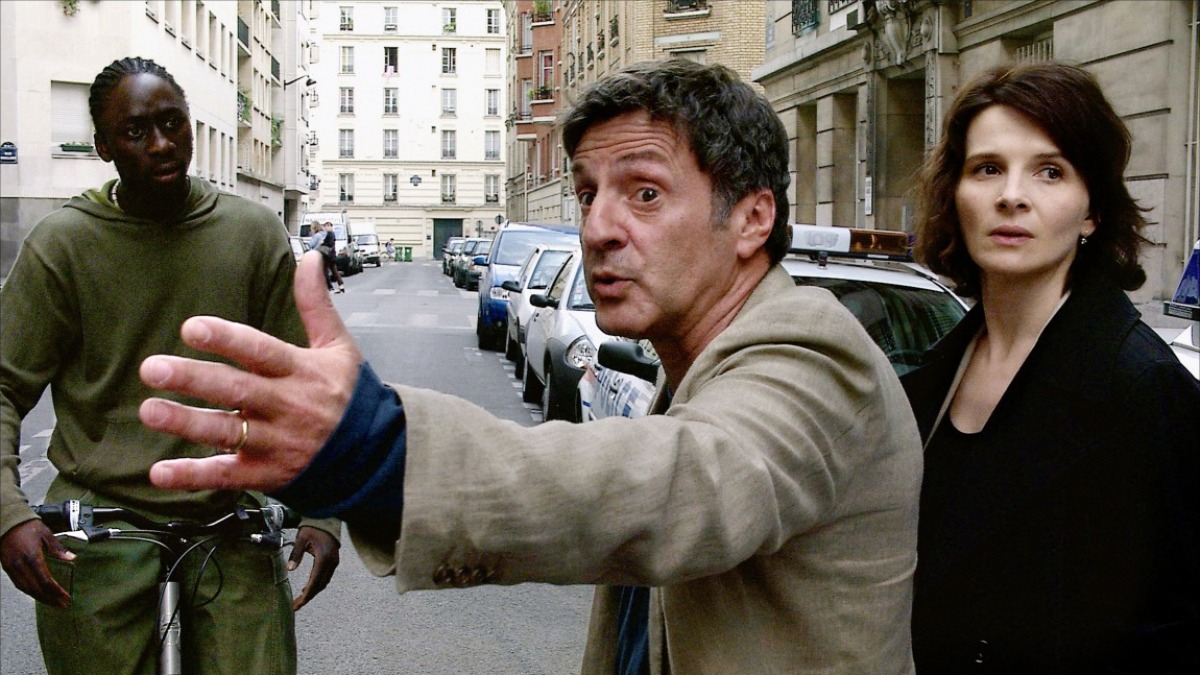
One thing that has characterized German director Michael Haneke since his early days has been a fascination with the dark side of our hearts – our dark desires and the way they manifest into the world. From the seemingly gratuitous violence of “Funny Games” to the obscure and subtle evilness found in “The White Ribbon,” and the hidden desire for torture that underlines the performances in “La Pianiste,” his films are always eerie and disturbing. What differentiates him from other directors is that he never does things mindlessly, and his films are always questioning or trying to comprehend something.
Such is the case of “Caché,” a film set in France and starring legendary actress Juliette Binoche. It follows a middle-class family; they live every day in peace, until one day they start receiving in the mail mysterious videotapes in which they can see the façade of their house filmed nonstop for hours and hours. After a couple of tapes, several issues have already been stirred in the family, and the father starts to think the person sending them is someone who he wronged as a child. He starts a quest to find that person and it all results in a catastrophe.
10. Mulholland Drive (David Lynch, 2001)
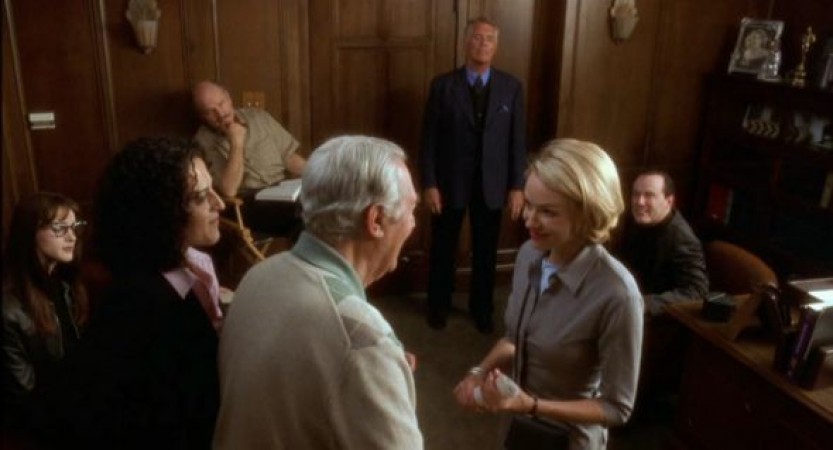
This year has been of huge importance to the fans of director David Lynch. Despite (or maybe thanks to) his weird films, he has garnered the status of living legend, and films like “Eraserhead,” “Blue Velvet,” “Mulholland Drive” and the “Twin Peaks” series justify that status. Known for his authorial approach toward art in general and film in particular, he belongs to the select group of directors who have gained the respect and admiration of the mainstream despite their anti-commercial attitude, a group with directors like Alejandro Jodorowsky, Kenneth Anger and John Waters.
“Mulholland Drive” started as a pilot for a TV show and after the show was rejected, Lynch turned it into one of his most mysterious works, whose hermeticism is only topped by his next film, “Inland Empire.” It tells the story of a naïve woman who arrives in Los Angeles with dreams of becoming a star.
Not a lot of the film’s plot can be so easily narrated, for it is really strange and it contradicts common sense, but it is certainly a weird and twisted descent into insanity that will challenge every viewer who decides to watch it. Its strange imagery, its logic that confronts common sense, and its undecipherable symbolism are certainly things that need to be witnessed and confronted at least once.
9. Brazil (Terry Gilliam, 1985)
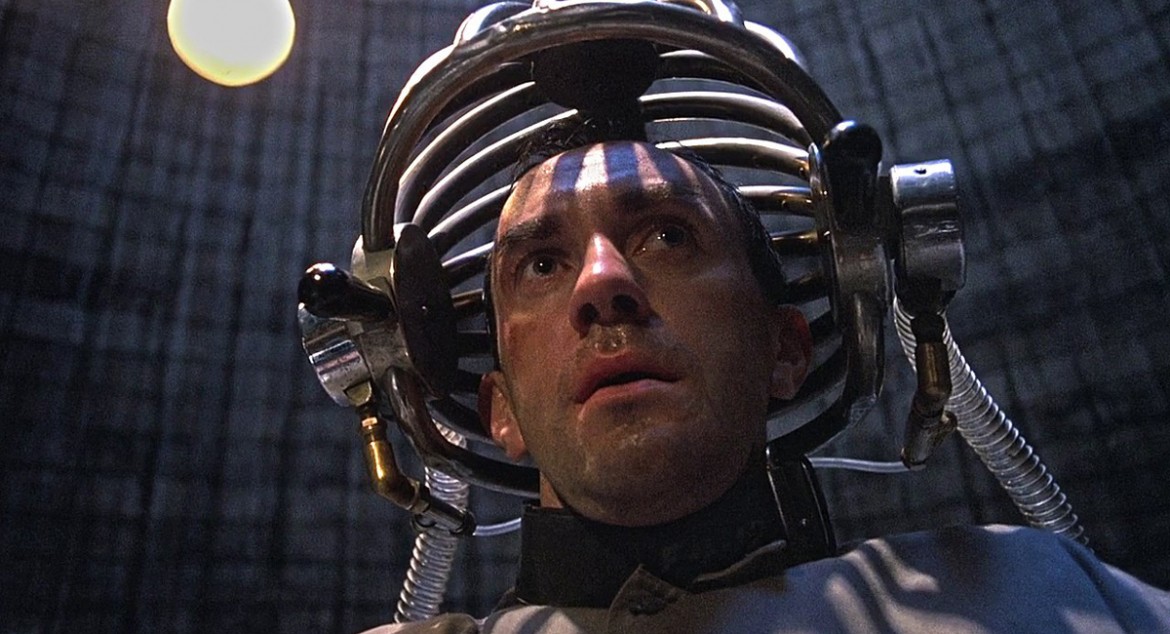
Terry Gilliam already made it into the history of film and TV as a member of British comedy group Monty Python. Nevertheless, when he started his own career as a film director, he proved to be an individual of great imagination and talent. This is present in films like “12 Monkeys,” “Fear and Loathing in Las Vegas” and “Time Bandits.” Amongst his craziest and most entertaining films we find “Brazil,” a Kafkaesque story in which a bureaucrat working for the government finds himself beleaguered after he is taken for a terrorist due to a mistake on a file.
“Brazil” is a ludicrous and entertaining experience, drawing from sources as disparate as Kafka’s nightmarish scenarios, Orwell’s dystopia, and his own hyperactive imagination. Despite being a really entertaining and fun film, social critique is still present, using the dystopian society depicted in it as a parody of our own society, and our consumerist and materialistic values that have resulted in shallow individuals.